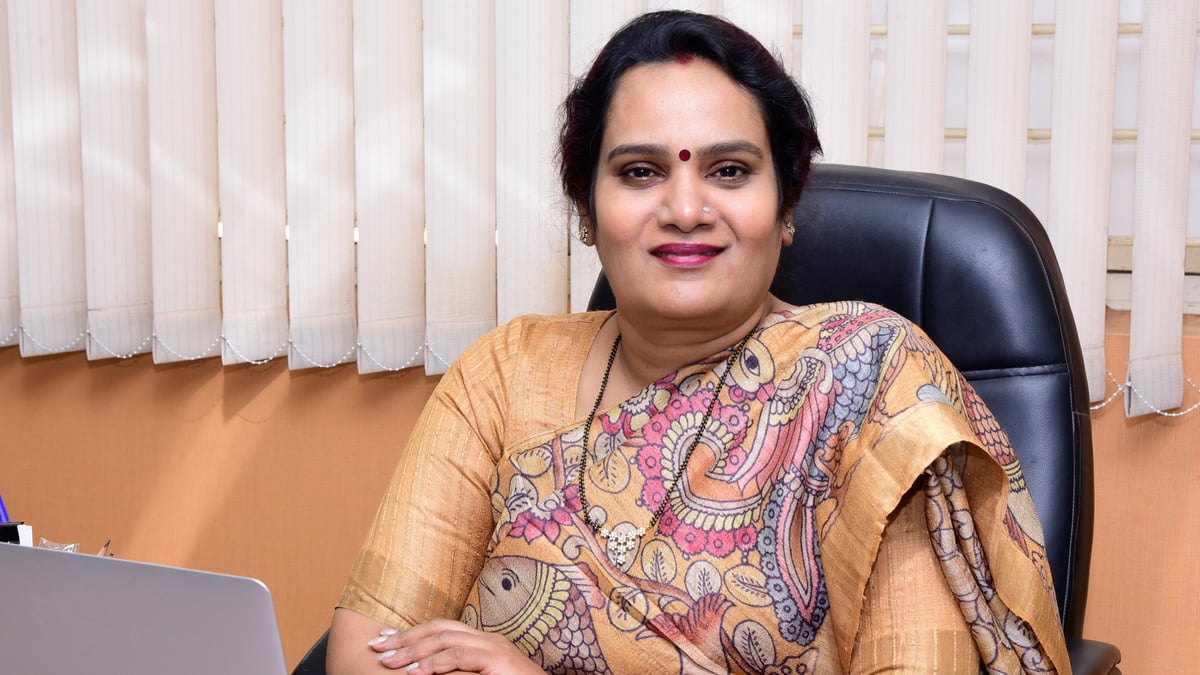Preeti Bhandary, Co-Founder and Director Curriculum of Little Elly | YELLOWBUSPHOTOGRAPHY
A few decades ago, being bilingual gave people an advantage, but in today’s globalized and ever-changing world, mastering an additional language is essential. With the fast-changing socio-geopolitical order, being conversant in several languages provides an edge over their peers.
Studies conducted by a scientific journal in their 2020 review showed multiple benefits of bilingualism. More than 20 studies published indicate that bilingualism can postpone the onset of Alzheimer’s disease symptoms by up to five years. However, speaking more than one language can open career opportunities and enhance cognitive flexibility while at the same time deepening the connection to culture. It’s not just about learning words; it’s about unlocking a lifetime of benefits and opportunities.
What are the important reasons why parents can opt for bilingualism?
Studies show that bilingualism can enhance cognitive flexibility, problem-solving skills, and creativity. Bilingual children often develop stronger multitasking abilities and better executive function skills than their monolingual peers. It can extend into their academic lives, as many language skills support literacy, analytical thinking, and academic performance in subjects beyond language arts. Speaking two languages gives children a deeper understanding of their heritage and opens doors to diverse cultures. This makes them a valuable asset in the job market as it equips children with skills to excel in a world that increasingly values global communication.
How to Support Bilingualism at Home?
• Start Early: Children are more receptive to learning languages at an early age. They absorb new sounds, patterns, and me.ngs with ease, making it a prime time to introduce a second language.
• Create a Language-Rich Environment: Encourage exposure through books, songs, movies, and even conversations with native speakers. If you don’t speak the second language fluently, consider hiring a tutor, using language-learning apps, or arranging playdates with bilingual families.
• Make it Fun: Learning through games, storytelling, and cultural celebrations keeps children engaged and excited about language. Integrating the second language into daily life rather than making it a rigid lesson can help kids enjoy the learning process.
• Stay Consistent: Regular exposure to both languages is key. If one parent speaks a second language, encourage them to use it consistently with the child. Consistency builds language retention and helps children feel comfortable switching between languages.
When and How to Start?
The good news is that children are remarkably receptive to language during their early years. Research shows that the critical period for language acquisition starts at birth and lasts until around age seven, though every child is different.
1. One Parent, One Language (OPOL): In this approach, each parent consistently speaks a different language to the child. This method helps children associate each language with a specific person, making it easier to learn.
2. Time and Place (T&P): In this approach, parents designate specific times or places for each language. For instance, mornings might be reserved for one language, while afternoons are for another. This method can help children compartmentalize the two languages.
3. Minority Language at Home (MLAH): In families where one language is dominant in the community, parents might choose to speak the minority language exclusively at home. This approach helps children become fluent in the minority language without worrying about losing exposure to the community language.
In an ever-globalizing world, bilingualism is an incredible asset that empowers children with skills beyond the classroom and into every corner of life. From sharper cognitive abilities and emotional intelligence to better career opportunities and lasting brain health, the advantages of bilingualism set the stage for a bright, resilient future. By fostering bilingualism, parents and educators can give children not just the power of two languages, but the power of a lifetime.
The writer of this article is the Co-Founder and Director Curriculum of Little Elly.

